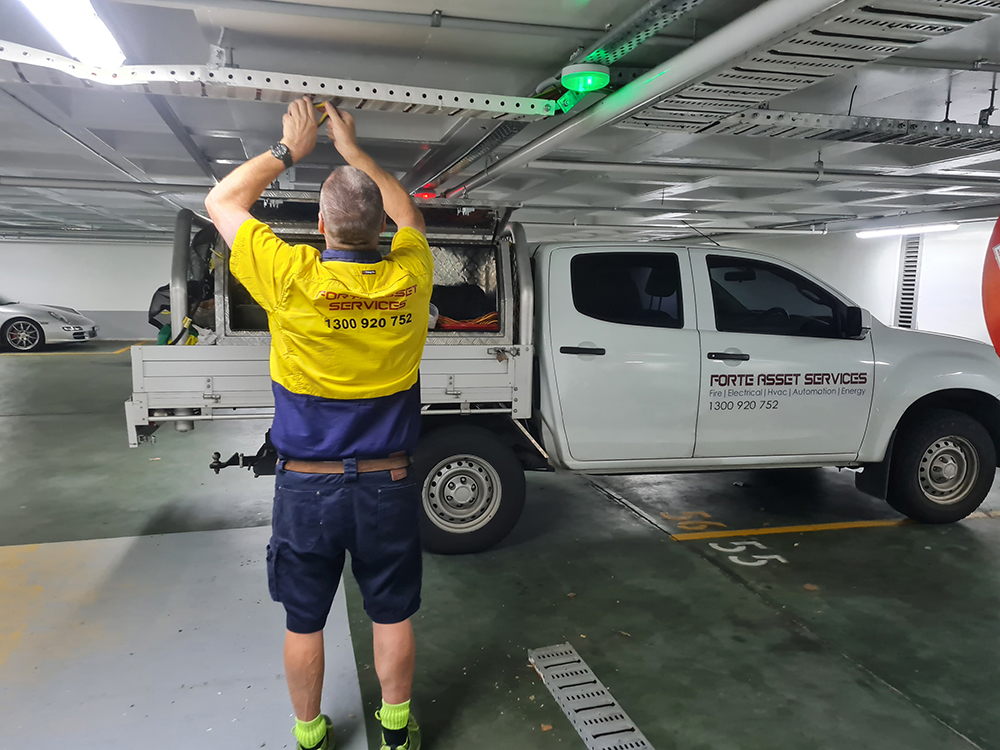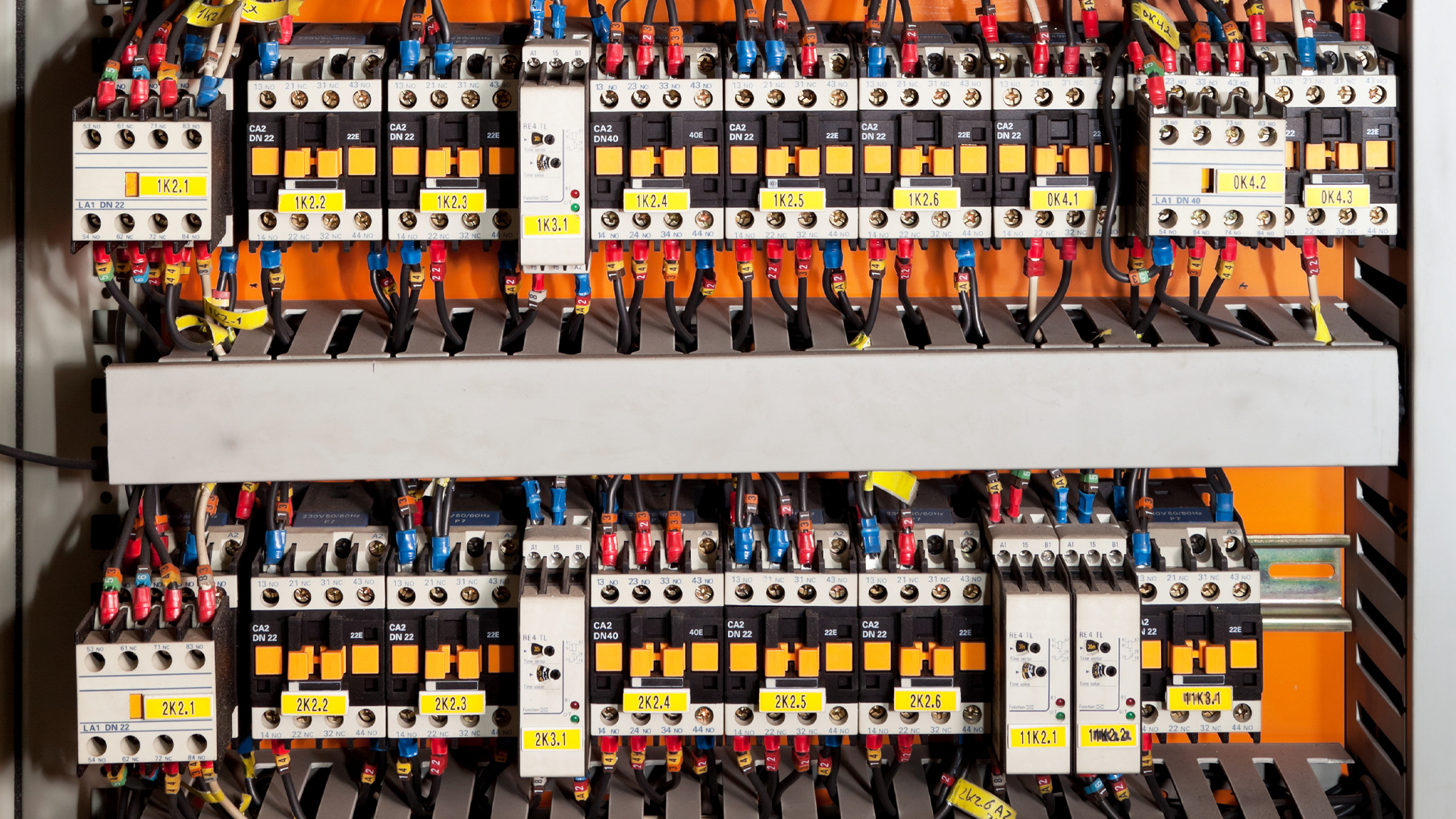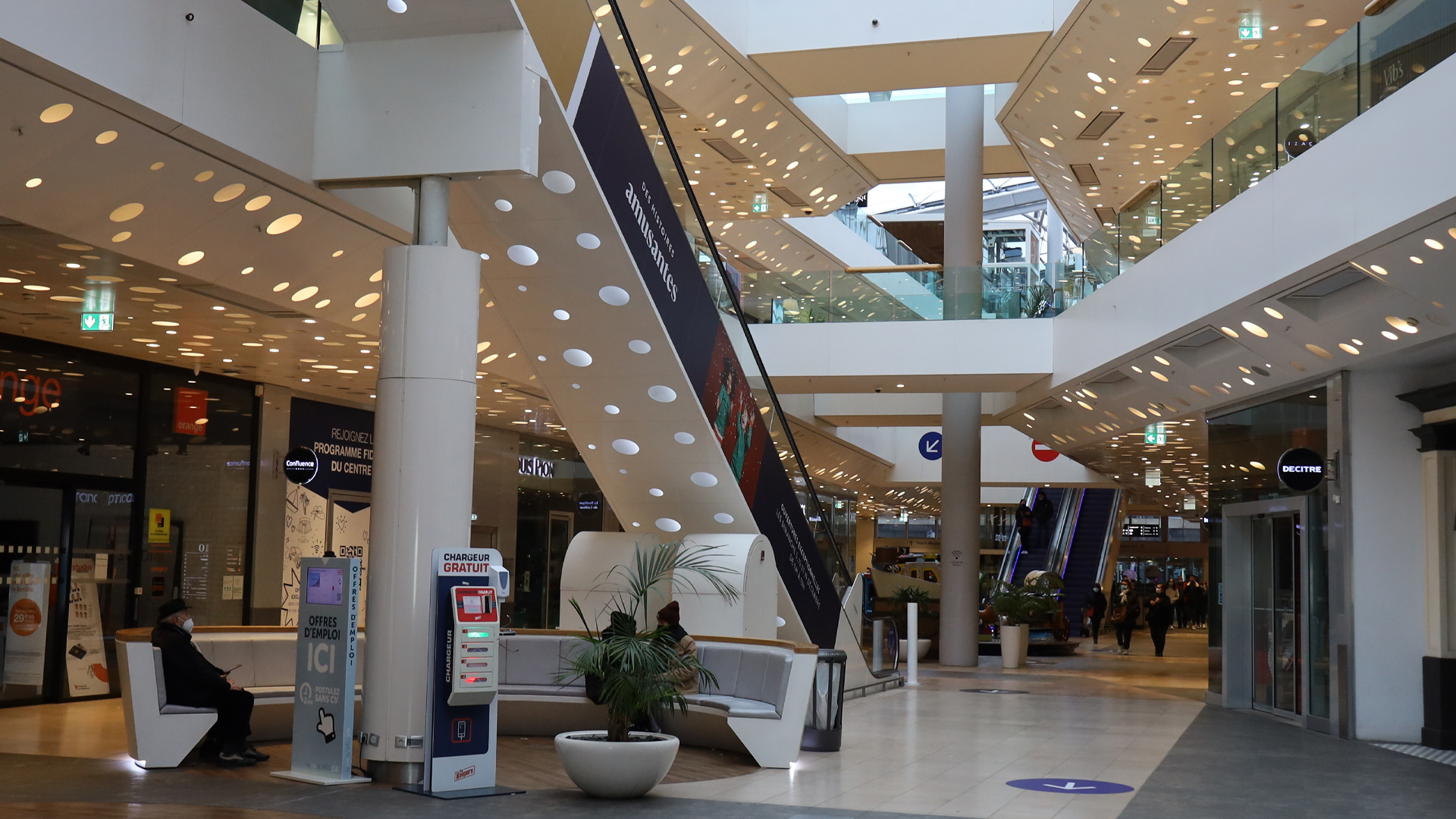Commercial Lighting Control: Costs to improve the lighting control Zoning
The zoning of your lighting system is inexpensive and flexible. Re-zoning the circuit is a straightforward task of deciding which work areas operate at different times and their lighting demand from the staff that use that particular work area. Once this decision is made, an electrician can be engaged to provide and install the hardware to provide some individual switching.
Consider the cost per each double T8: If you have a double light, T8, with an electronic Ballast, we will be assuming, for their calculation, 75 watts. (75 x 5 days x 12 hours x 52 weeks = 234Kwh) at, say, 25 cents per Kilowatt hour is approximately $60/year.
In considering the zoning, look at each light fitting as $60 per year cost and balance this with the consideration of the staff requirements to perform the duties without issue. Your electrician’s cost is approximately $1000 per day plus materials and incidentals.







